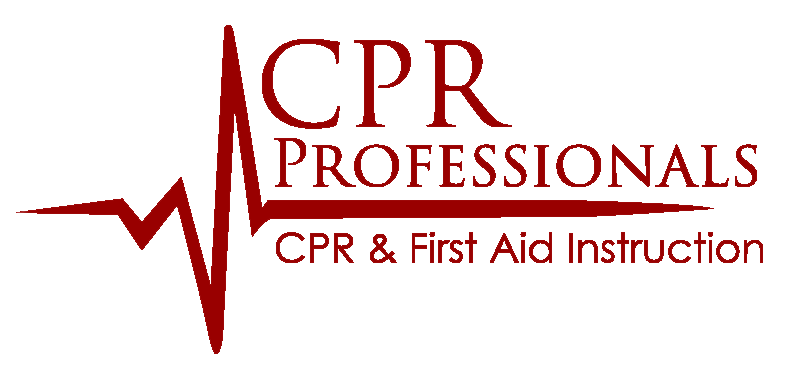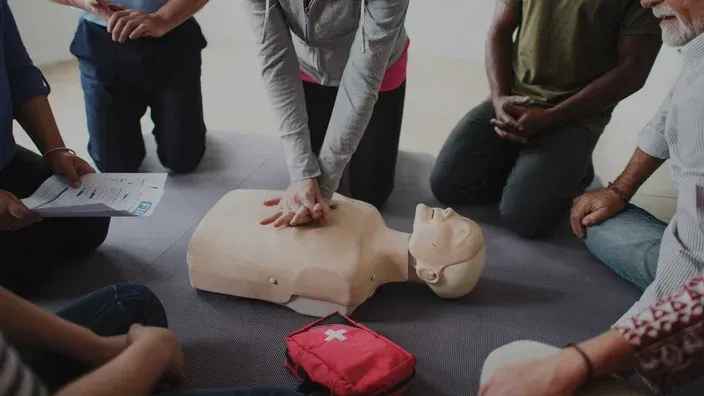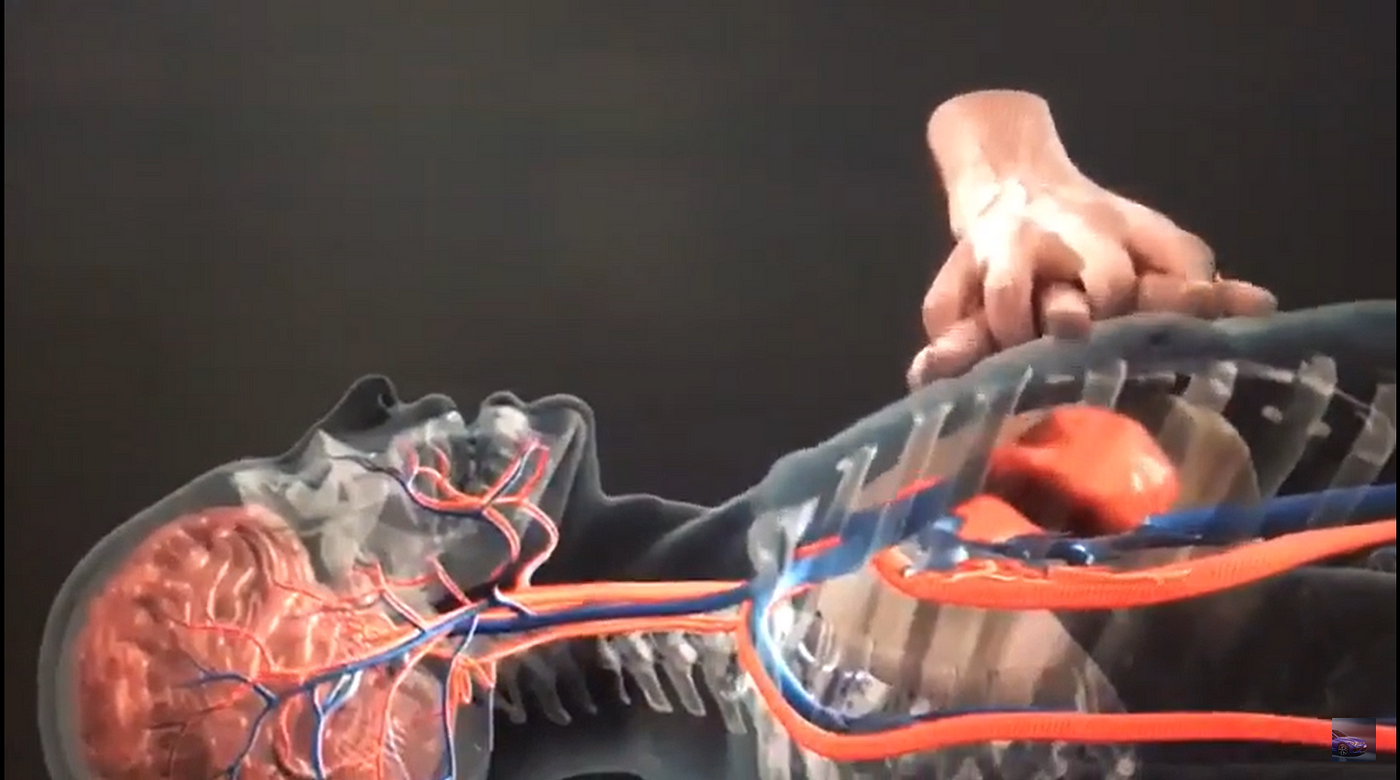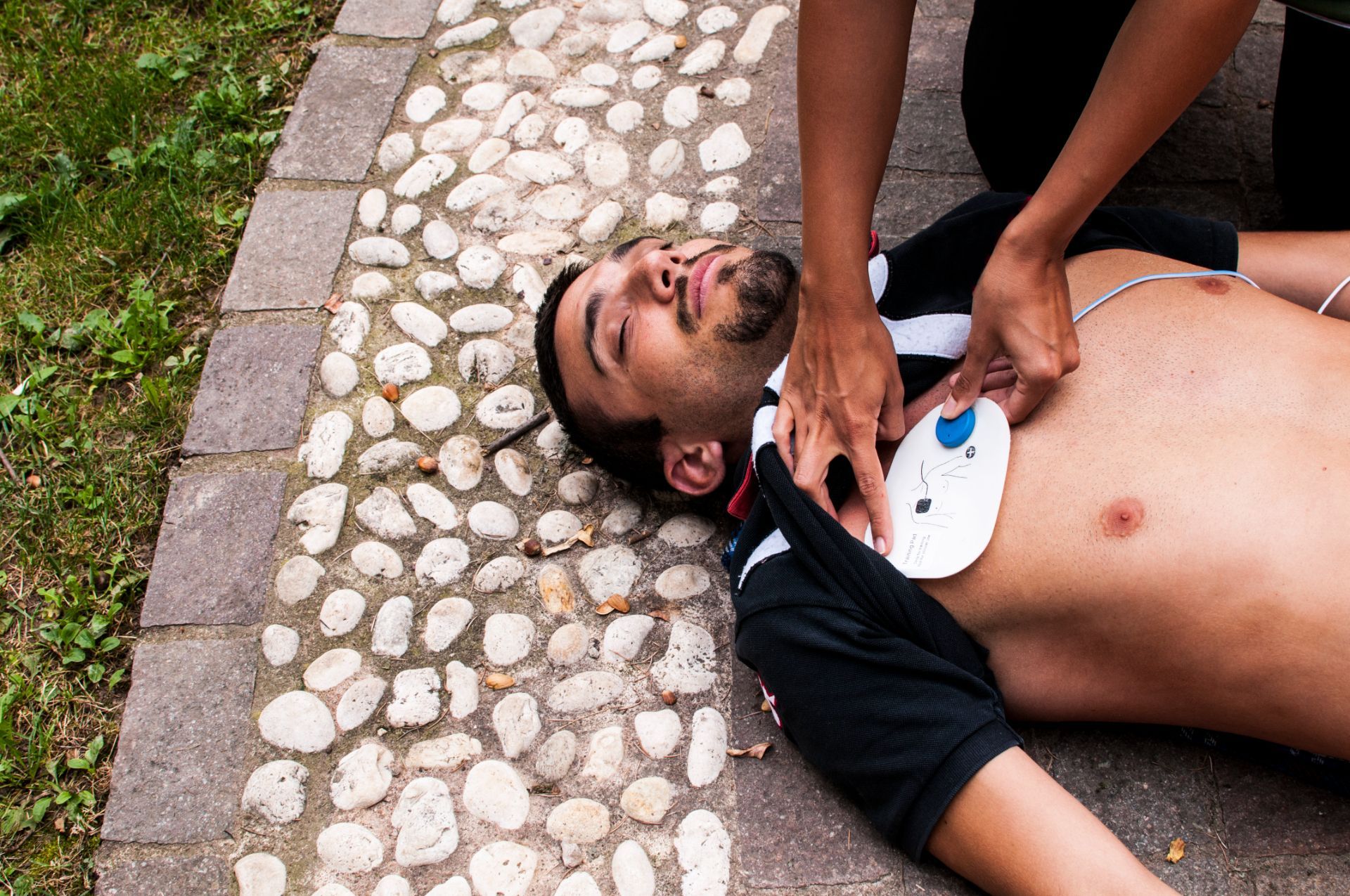How Many Chest Compressions Do You Give During CPR?
TL;DR;
You should give 30 chest compressions followed by 2 rescue breaths, at a rate of 100–120 compressions per minute. Compression depth should be about 2 inches for adults and children, and 1.5 inches for infants.
What Are Chest Compressions in CPR?

Chest compressions are the manual pumping actions that help circulate blood when a person’s heart has stopped beating effectively. In CPR (Cardiopulmonary Resuscitation), compressions restore partial flow of oxygenated blood to vital organs—especially the brain and heart—during cardiac arrest.
Without compressions, oxygen doesn't reach the brain, leading to irreversible damage in just minutes.
Key purposes of chest compressions:
- Maintain
blood flow during cardiac arrest
- Supply
oxygen to the brain and heart
- Increase survival chances until professional help arrives
When someone collapses and stops breathing, immediate chest compressions can mean the difference between life and death.
How Many Chest Compressions Should You Give?

According to the American Heart Association (AHA) and Red Cross, CPR should be performed using the 30:2 ratio:
- 30 compressions
- 2 breaths
Repeat this cycle until emergency responders arrive or the person begins breathing.
Chest Compression Rate and Guidelines
- Rate: 100–120 compressions per minute — this rhythm is crucial for effective blood flow. Curious how long you might need to keep this up? Learn about the
Average CPR Duration.
- Depth:
- Adults: 2 inches (5 cm)
- Children: ~2 inches
- Infants: 1.5 inches (4 cm)
- Allow full chest recoil between compressions
- Minimize interruptions
Chest Compressions Per Age Group: Quick Reference Table
| Age Group | Compressions | Breaths | Depth | Special Note |
|---|---|---|---|---|
| Adults | 30 | 2 | 2 inches | Use both hands |
| Children | 30 (or 15) | 2 | About 2 inches | 15:2 if two rescuers |
| Infants | 30 (or 15) | 2 | 1.5 inches | Two fingers or two-thumb technique |
CPR Steps for Adults, Children, and Infants
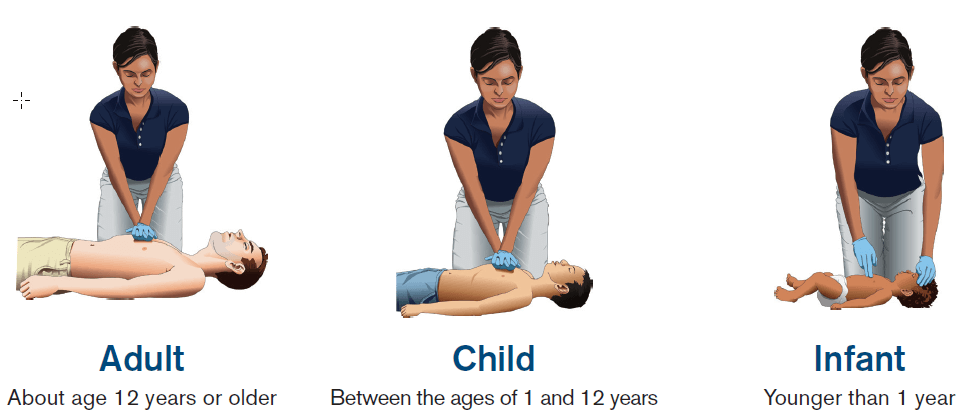
Adult CPR Technique
- Use
both hands, one over the other
- Center on the
lower half of the breastbone
- Compress hard and fast—2 inches deep
- Follow
30 compressions + 2 breaths
- Maintain
100–120 BPM rhythm
Child CPR Technique
- Use
one hand (or two for larger children)
- Compress at
2 inches deep
- 30:2 ratio for one rescuer,
15:2 if two rescuers
Infant CPR Technique
- Use
two fingers or
two thumbs with encircling hands
- Compress about
1.5 inches
- 30:2 for solo rescuers,
15:2 with two rescuers
- Support the
infant’s head and neck
Each technique considers anatomical differences and the fragility of the patient.
Hands-Only CPR: A Simple Life-Saving Method

Hands-only CPR is for untrained bystanders or in situations where rescue breaths aren’t ideal (e.g., COVID-19).
When to Use Hands-Only CPR:
- If you're
not trained in giving rescue breaths
- If it's
unsafe or unhygienic to provide breaths
- During
sudden collapse in adults (e.g., heart attack)
How to Perform:
- Call 911
- Place hands in center of chest
- Give
uninterrupted compressions at 100–120 BPM
- Push hard and fast
This method is
better than doing nothing, and has been proven to
increase survival rates when performed correctly.
How to Keep CPR Rhythm Consistent
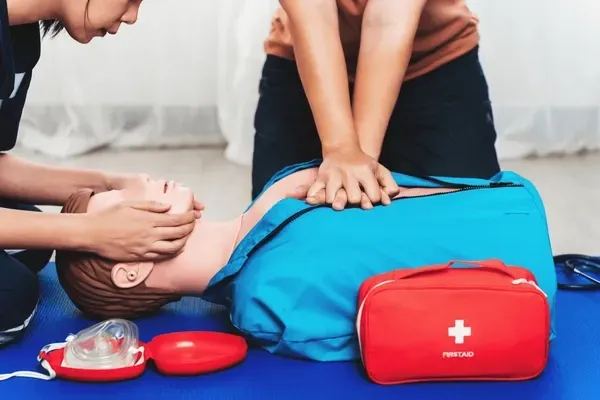
Staying on beat can be challenging under stress. Use these practical aids:
Songs With 100–120 BPM (Same as CPR Compression Rate):
- “Stayin’ Alive” – Bee Gees
- “Crazy in Love” – Beyoncé
- “Hips Don’t Lie” – Shakira
- “Uptown Funk” – Bruno Mars
Other Rhythm Tools:
- CPR metronome apps
- Tapping your foot to the beat
- Singing the chorus of a rhythm-matching song in your head
Maintaining rhythm is essential for
blood flow efficiency and
preventing fatigue.
Common CPR Mistakes to Avoid

Even with training, errors happen. Avoid these mistakes:
- Shallow compressions (not deep enough)
- Irregular rhythm (too fast or too slow)
- Incomplete chest recoil
- Neglecting breaths when they’re needed
- Stopping compressions too often
- Not calling 911 immediately
Keeping your technique sharp with regular refreshers can help eliminate these critical errors.
Frequently Asked Questions About Chest Compressions
How long should CPR be performed?
Continue until:
- The person starts breathing
- You’re too exhausted to continue
- EMS arrives and takes over
Can CPR break ribs?
Yes, especially in older adults. But broken ribs are better than death—so don’t hesitate.
Is CPR safe for pregnant women?
Yes. Use slightly modified technique:
- Shift slightly leftward to relieve pressure on major veins
- Continue normal compressions and rescue breaths
Can you perform CPR without training?
Yes. Hands-only CPR is safe for untrained bystanders. Just focus on hard, fast compressions and call 911.
Why CPR Certification Saves Lives
Getting certified through CPR Professionals or a recognized body like the Red Cross or American Heart Association makes you:
- More confident to act in an emergency
- Better equipped with latest guidelines
- Prepared to use an AED (automated external defibrillator)
Benefits of Certification:
- Hands-on experience
- Scenario-based learning
- Updates on CPR protocol changes
